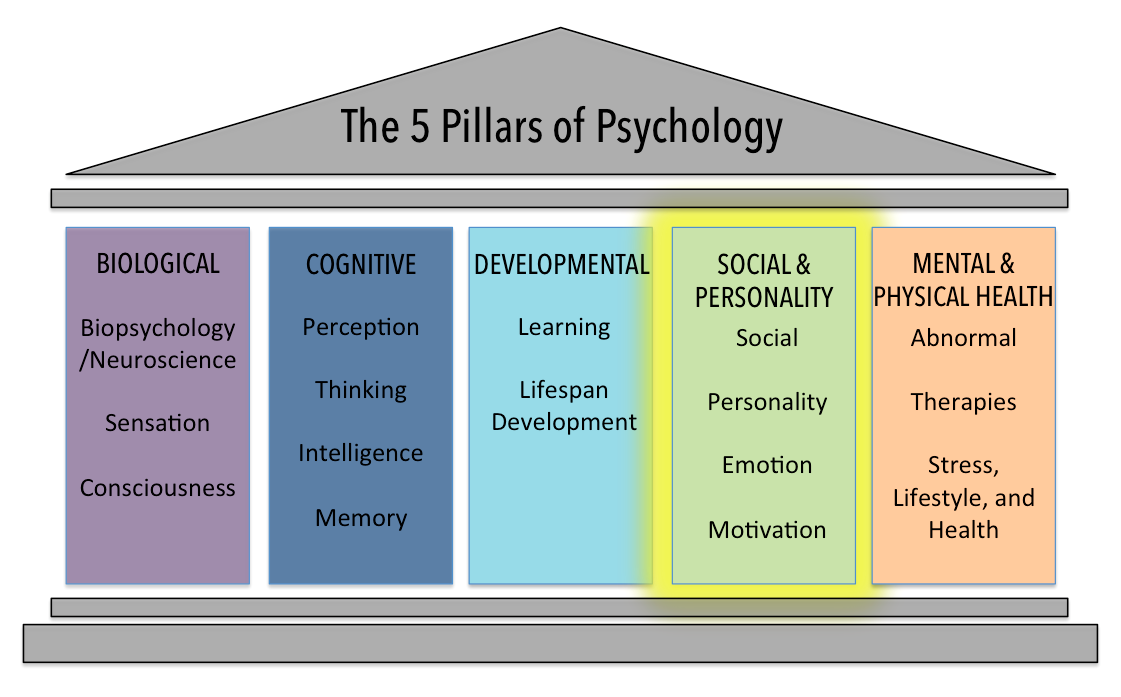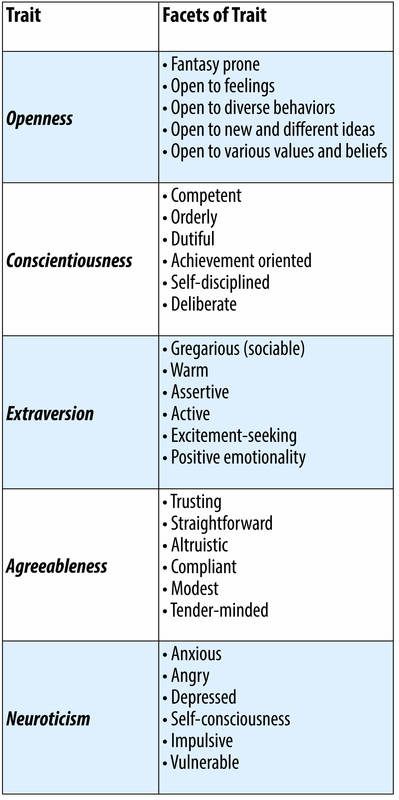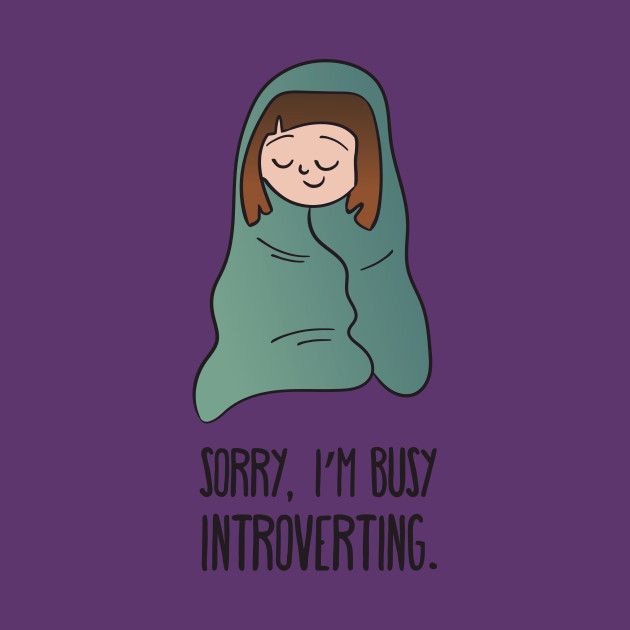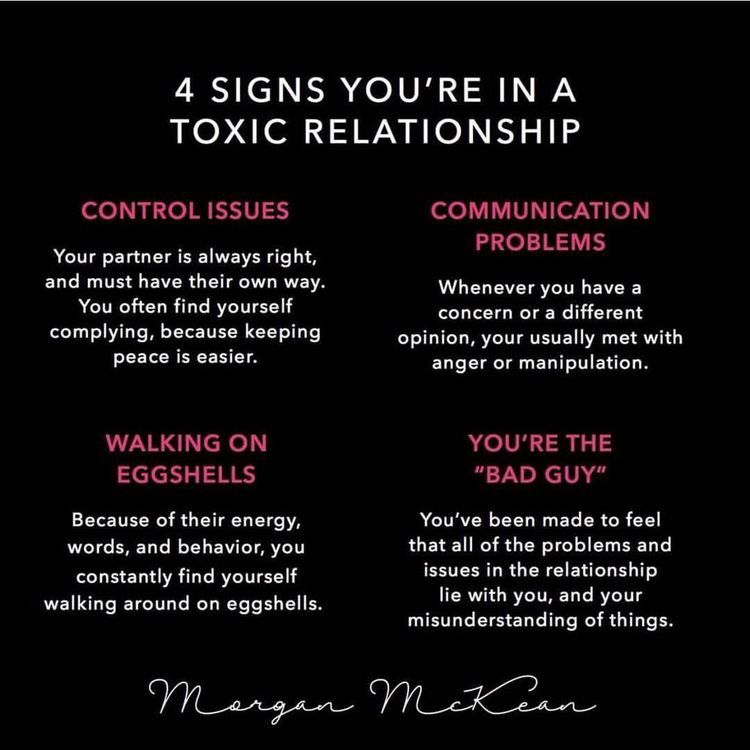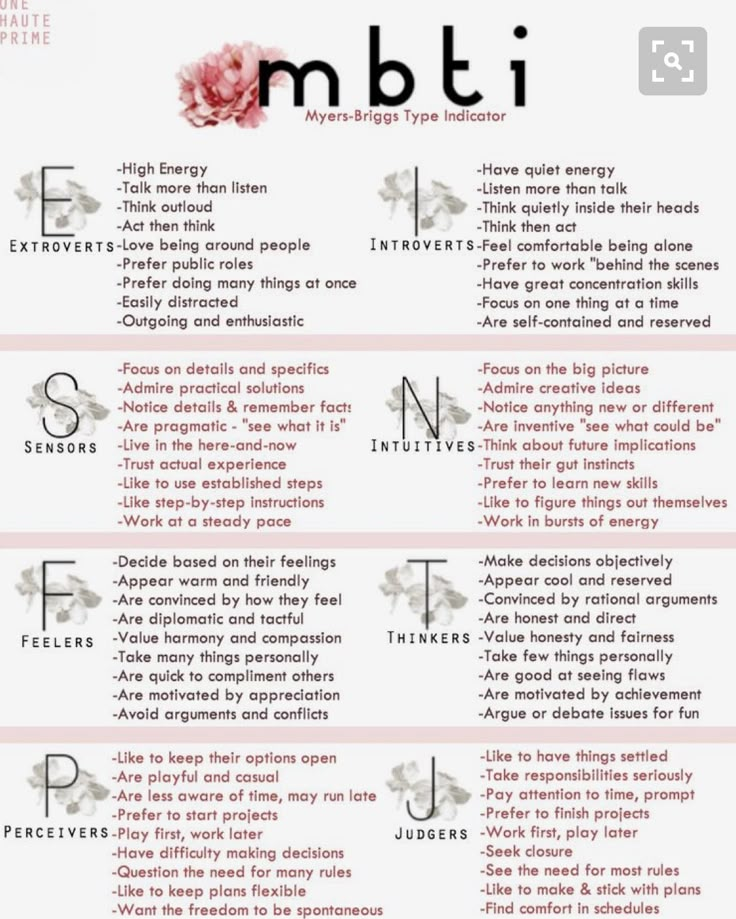Social misfit definition
What Is a Social Misfit? 9 Hidden Powers of Being One
I know I’ve always been a social misfit. I could never really blend in with those around me and feel a part of a group.
Do you feel like a misfit too? Like you don’t belong to society and don’t identify with any particular group of people?
Let’s talk about what it means to be a social misfit and why it’s not a bad thing. In fact, it could hide a few unexpected powers you had no idea about.
Table of Contents
Social misfit definition
It is someone who feels that he or she doesn’t fit into society because of their views, values, or personality traits. It is a person who doesn’t belong to any particular social group. This is a non-conformist who stands out from the crowd.
Even though this experience can sometimes cause negative feelings of alienation and loneliness, being a misfit in today’s society is not a bad thing at all.
9 hidden powers of being a social misfit
1. Critical thinking
Herd mentality has always been an unfortunate consequence of being a part of society. It’s so easy to fall victim to herd behavior and do something just because everyone else does.
This is where social misfits differ from the rest. They don’t accept things at face value and don’t rush to act based on public opinion or someone else’s words. They prefer to rely on their own judgment.
A misfit will filter all the information they learn through the prism of critical thinking.
2. Staying loyal to yourself
An independent thinker who doesn’t fit into society will choose to stay loyal to themselves no matter what. They won’t easily do things out of peer pressure. They won’t pursue futile trends just because everyone else does.
For this reason, a misfit is less likely to waste their time on the wrong things. Be it a job, a relationship, or an overall attitude to life, they will make choices that truly resonate with their inner being.
Being a misfit means staying true to yourself instead of conforming to social conditioning or someone else’s expectations.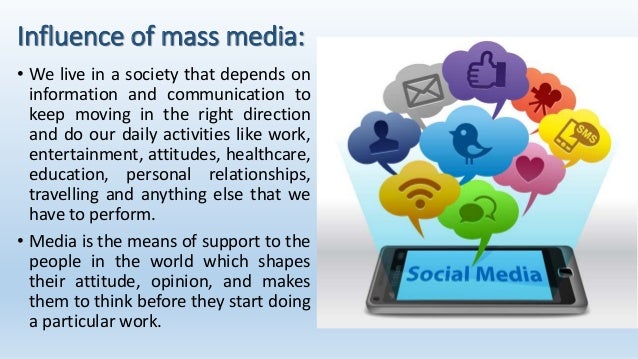
3. Honesty
If you are a social misfit, you are not a person who would lie or fake their feelings in order to make a good impression on someone. You care less about what other people think and more about being loyal to yourself.
You will be honest with those around you, even if they don’t always like it. Someone who doesn’t fit into society won’t say things they don’t mean just because it’s considered nice or polite. They prefer to look eccentric to others than be fake.
4. In-depth thinking
One of the basic reasons someone feels like a misfit in today’s society is that they are capable of deep thought.
It’s a person who analyzes everything in-depth and doesn’t shy away from big questions. They often ask themselves why and seek to understand the meaning of everything.
Still, modern society seems to promote shallow values and primitive instincts. Just look at the role models of today. Narcissistic celebrities, cold-hearted CEOs, and dumb influencers who make a fool of themselves in order to get attention on social media.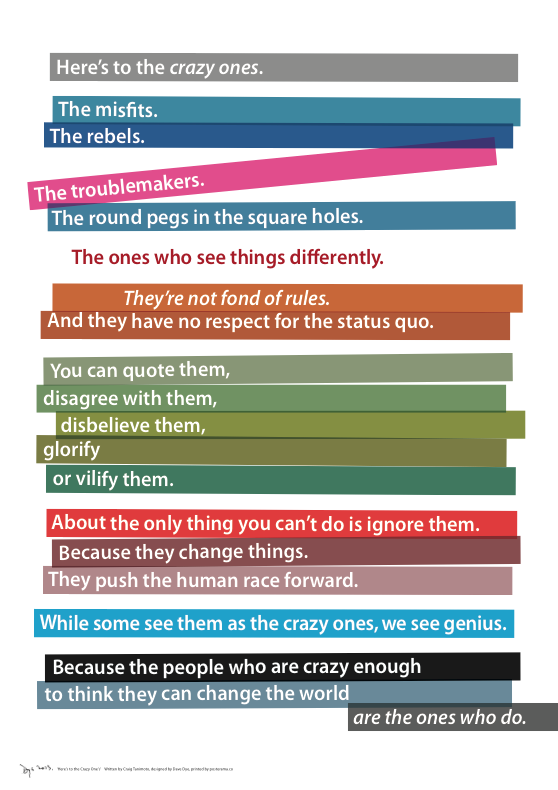
So it’s not a coincidence that deep thinkers feel like they are not (and don’t want to be) a part of this society.
5. Perceptiveness
Even though a social misfit often feels alienated from those around them, they know how to read people.
If you are one, then you are used to playing the role of an outsider in social settings. It gives you the opportunity to observe people and notice the nuances of their behavior. Over years, you develop a certain degree of perceptiveness when it comes to people reading.
There is a study to demonstrate the validity of this claim. Researchers at Yale University found that lonely introverts were able to predict typical social behaviors more accurately than other participants.
6. Selectiveness
A misfit is not a person who seeks to have a big social circle and be liked by everyone.
For this reason, they are extremely picky when it comes to social connections. It means that a social misfit is highly unlikely to surround themselves with the wrong people.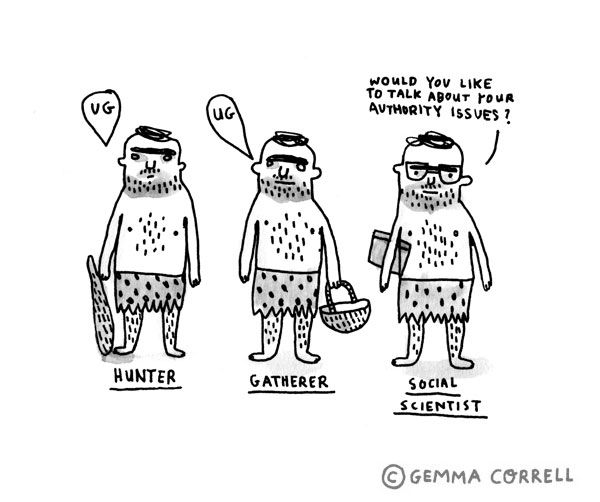
They are not afraid of being alone – solitude is their friend, not an enemy. So they prefer to be on their own than in the wrong company.
Therefore, social misfits see sense in maintaining relationships or friendships only when they are based on a genuine connection, trust, and reciprocated interest. They won’t keep people in their lives out of convenience or fear of loneliness.
7. Out-of-box thinking
The very term social misfit implies that it’s a person who is different from the rest. And so is their way of thinking.
Not conforming to society automatically means that you don’t agree with some values it promotes or certain rules and behavioral models it imposes. It is a sign that you perceive the world in a different way than you were conditioned to.
You are not afraid to stand out from the crowd and do your thing while everyone else is conforming to society-imposed ideals. It means that you are able to think more clearly and out of the box, finding unusual solutions to ordinary problems.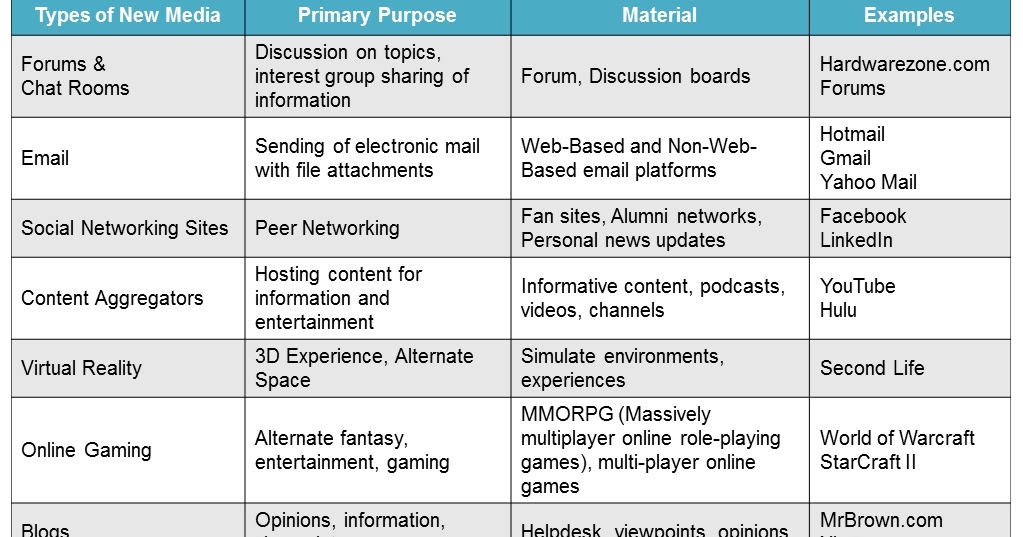
8. Creative thinking
A curious study has shown that social rejection can fuel creative thought in independent personalities. These two elements – social rejection and independent thinking – make the definition of a social misfit.
It’s not a person who suffers greatly because of being rejected by society but someone who makes a conscious choice to partly or fully isolate themselves from it.
It is someone who has the power to use social rejection as a creative inspiration. History shows us many examples of great thinkers who were rejected by the society they lived in.
9. Not caring about what other people think
Not relying on other people’s opinions is great power in our society of attention-seekers.
Wherever you go today, you see people begging for attention and acceptance. It is especially evident on social media since sharing your private life online has become the norm.
Misfits don’t do that because they don’t seek social acceptance.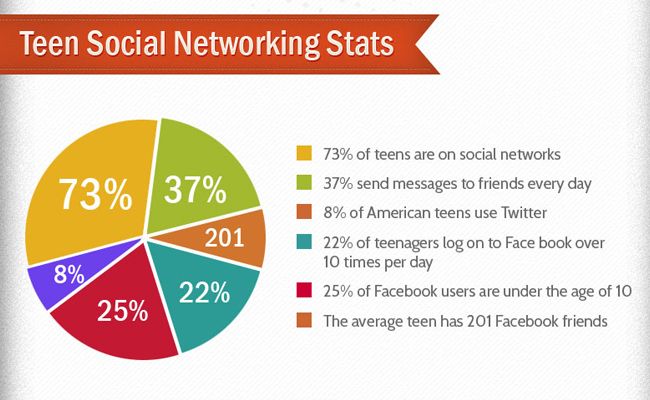 They already feel that they are too different to fit in with others, so it makes no sense to pursue their approval. Not caring about what other people think is a sign of an independent and self-sufficient person.
They already feel that they are too different to fit in with others, so it makes no sense to pursue their approval. Not caring about what other people think is a sign of an independent and self-sufficient person.
Do you recognize yourself in the description above? Consider getting yourself a copy of my book where I analyze the causes of being a misfit and offer ways to thrive in today’s society.
Did you find this post useful? Subscribe to our newsletter to make sure you don’t miss new fascinating guides & articles!
Misfit Definition & Meaning - Merriam-Webster
mis·fit ˈmis-ˌfit
also
ˌmis-ˈfit
1
: something that fits badly
2
: a person who is poorly adapted to a situation or environment
social misfits
Example Sentences
Recent Examples on the Web Halifa, a teenager with albinism, plays the title role, a lonely and rebellious misfit living with her terminally ill grandmother.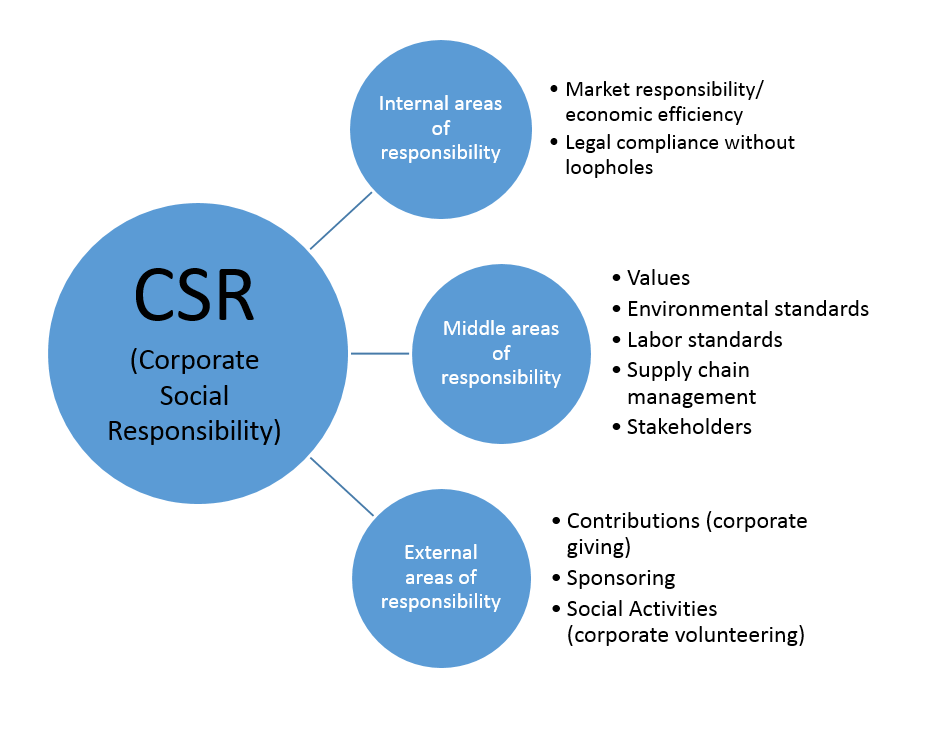 —Elsa Keslassy, Variety, 9 Dec. 2022 The misfit superheroes of Doom Patrol are in a weird place as season 4 begins. —Christian Holub, EW.com, 8 Dec. 2022 Pontello quickly discovered Classic Numbers, a haven for Houston's misfit kids thanks to its accepting attitude and 18-and-up age limit. —Brittanie Shey, Chron, 10 Nov. 2022 For months, Ronaldo had been a misfit part at Manchester United. —John Branch Andrew Das Andrew Das Andrew Das Andrew Das Andrew Das Andrew Das Andrew Das Andrew Das Andrew Das Andrew Das John Branch Andrew Das Andrew Das Andrew Das Andrew Das Andrew Das John Branch John Branch Andrew Das Andrew Das Andrew Das Andrew Das John Branch Andrew Das Andrew Das John Branch John Branch Andrew Das John Branch Andrew Das Rory Smith, New York Times, 24 Nov.
—Elsa Keslassy, Variety, 9 Dec. 2022 The misfit superheroes of Doom Patrol are in a weird place as season 4 begins. —Christian Holub, EW.com, 8 Dec. 2022 Pontello quickly discovered Classic Numbers, a haven for Houston's misfit kids thanks to its accepting attitude and 18-and-up age limit. —Brittanie Shey, Chron, 10 Nov. 2022 For months, Ronaldo had been a misfit part at Manchester United. —John Branch Andrew Das Andrew Das Andrew Das Andrew Das Andrew Das Andrew Das Andrew Das Andrew Das Andrew Das Andrew Das John Branch Andrew Das Andrew Das Andrew Das Andrew Das Andrew Das John Branch John Branch Andrew Das Andrew Das Andrew Das Andrew Das John Branch Andrew Das Andrew Das John Branch John Branch Andrew Das John Branch Andrew Das Rory Smith, New York Times, 24 Nov. 2022 One of Doom Patrol's lingering mysteries concerns how its misfit superheroes have managed to live so long. —Christian Holub, EW.com, 22 Nov. 2022 But last week, some distinctive notes in Musk’s misfit symphony cut through the clatter in the form of some outrageously transgressive tweets. —Steven Levy, WIRED, 18 Nov. 2022 That’s a relatively quick return to the island of misfit bowls for a program that appeared in seven of the first eight four-team playoff fields. —al, 6 Nov. 2022 Pessimism has arrived — and your cabinets have become islands of misfit kitchen appliances. —Sameer Doshi, Good Housekeeping, 27 Oct. 2022 See More
2022 One of Doom Patrol's lingering mysteries concerns how its misfit superheroes have managed to live so long. —Christian Holub, EW.com, 22 Nov. 2022 But last week, some distinctive notes in Musk’s misfit symphony cut through the clatter in the form of some outrageously transgressive tweets. —Steven Levy, WIRED, 18 Nov. 2022 That’s a relatively quick return to the island of misfit bowls for a program that appeared in seven of the first eight four-team playoff fields. —al, 6 Nov. 2022 Pessimism has arrived — and your cabinets have become islands of misfit kitchen appliances. —Sameer Doshi, Good Housekeeping, 27 Oct. 2022 See More
These example sentences are selected automatically from various online news sources to reflect current usage of the word 'misfit. ' Views expressed in the examples do not represent the opinion of Merriam-Webster or its editors. Send us feedback.
' Views expressed in the examples do not represent the opinion of Merriam-Webster or its editors. Send us feedback.
Word History
First Known Use
circa 1823, in the meaning defined at sense 1
Time Traveler
The first known use of misfit was circa 1823
See more words from the same year
Dictionary Entries Near
misfitmisfire
misfit
misfocus
See More Nearby Entries
Cite this Entry
Style
MLAChicagoAPAMerriam-Webster
“Misfit.” Merriam-Webster.com Dictionary, Merriam-Webster, https://www. merriam-webster.com/dictionary/misfit. Accessed 2 Jan. 2023.
merriam-webster.com/dictionary/misfit. Accessed 2 Jan. 2023.
Copy Citation
Kids Definition
misfit
noun
mis·fit ˈmis-ˌfit (ˈ)mis-ˈfit
1
: something that fits badly
2
: a person poorly adjusted to his or her environment
More from Merriam-Webster on
misfitThesaurus: All synonyms and antonyms for misfit
Nglish: Translation of misfit for Spanish Speakers
Last Updated: - Updated example sentences
Subscribe to America's largest dictionary and get thousands more definitions and advanced search—ad free!
Merriam-Webster unabridged
precocious
See Definitions and Examples »
Get Word of the Day daily email!
Words Named After People
- Namesake of the leotard, Jules Léotard had what profession?
- Surgeon Acrobat
- Judge Firefighter
Hear a word and type it out.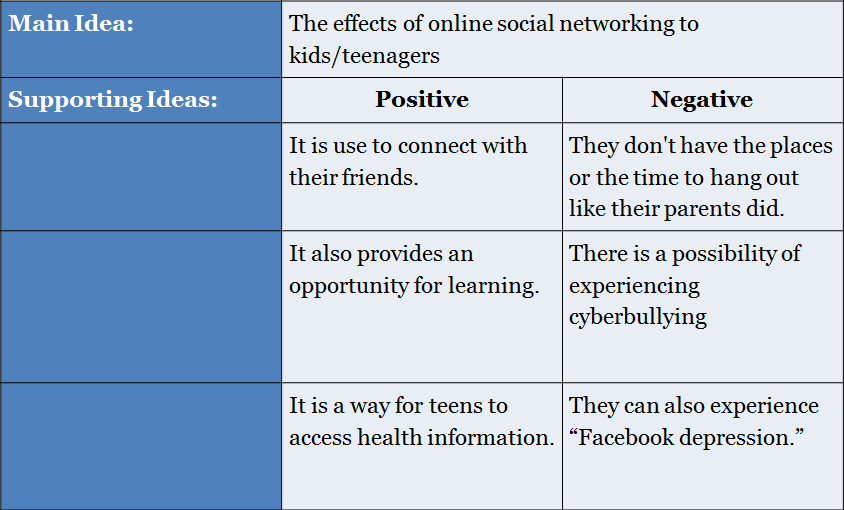 How many can you get right?
How many can you get right?
TAKE THE QUIZ
Can you make 12 words with 7 letters?
PLAY
Social phobia
Social phobia is understood as a widespread disease that, along with agoraphobia, is included in the group of anxiety-phobic disorders and is a persistent unmotivated fear of performing any public actions (for example, public speaking), actions accompanied by attention from the outside strangers (fear of using catering places, public toilets, inability to do anything while being watched from the side, etc.), or even just communicating with strangers and people of the opposite sex. In the general case, social phobia is expressed in the fear of being in the center of attention, which manifests itself in painful fears of a negative assessment of others and in the avoidance of such situations. nine0003
In its manifestations, social phobia resembles panic disorder, differing mainly in the presence of a clear and stable, as a rule, the only, situational cause or social situation that causes this condition and triggers a cascade of psychovegetative reactions, which at the height of their manifestation can be indistinguishable from panic attacks (flushing of the face, palpitations, sweating, hand trembling, respiratory failure, etc.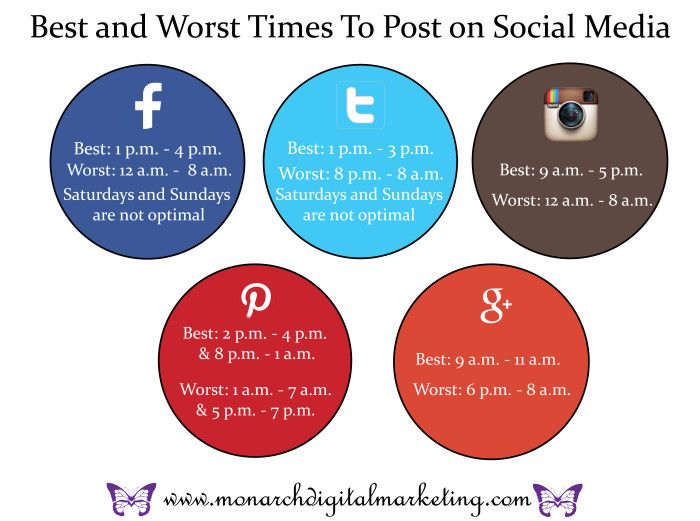 ).
).
In the absence of timely diagnosis and adequate therapy, social phobia leads to a decrease in working capacity. Starting in early adolescence and being unrecognized, this disease can continue throughout the life of the patient. nine0003
The prevalence of social phobia among the population varies from 3 to 13%. However, patients suffering from social phobia come to the attention of psychiatrists relatively rarely. Only 5% of patients with uncomplicated social phobias receive specialized care. Most often, those suffering from this disorder, when contacting a doctor, focus on concomitant, mainly associated with a mood disorder (affective), symptom complexes. Among patients not covered by therapeutic measures, persons with subthreshold (almost imperceptible to others) social phobias that do not significantly affect daily activity predominate. nine0003
Social phobia usually manifests itself in adolescence and early adulthood. Often the appearance of a phobia coincides with adverse psychogenic or social influences. At the same time, only special situations (an answer at the blackboard, passing exams, public speaking, appearing on stage) or contact with a certain group of people (teachers, educators, examiners, representatives of law enforcement agencies, persons occupying higher social status, or belonging to the opposite sex). Communication with relatives and close acquaintances does not cause fear. nine0003
At the same time, only special situations (an answer at the blackboard, passing exams, public speaking, appearing on stage) or contact with a certain group of people (teachers, educators, examiners, representatives of law enforcement agencies, persons occupying higher social status, or belonging to the opposite sex). Communication with relatives and close acquaintances does not cause fear. nine0003
Anxiety of anticipation of unfavorable situations from the point of view of the patient and avoidance behavior are also indispensable attributes of social phobia and most often arise in connection with the possibility of falling under the supervision of strangers. Many signs of social phobia, such as fear of public speaking, are also found in healthy individuals, so the diagnosis of social phobia is made only if the anxiety causes significant discomfort, and phobic experiences are assessed as excessive and unreasonable. nine0003
Social phobia may occur intermittently or tend to develop chronically.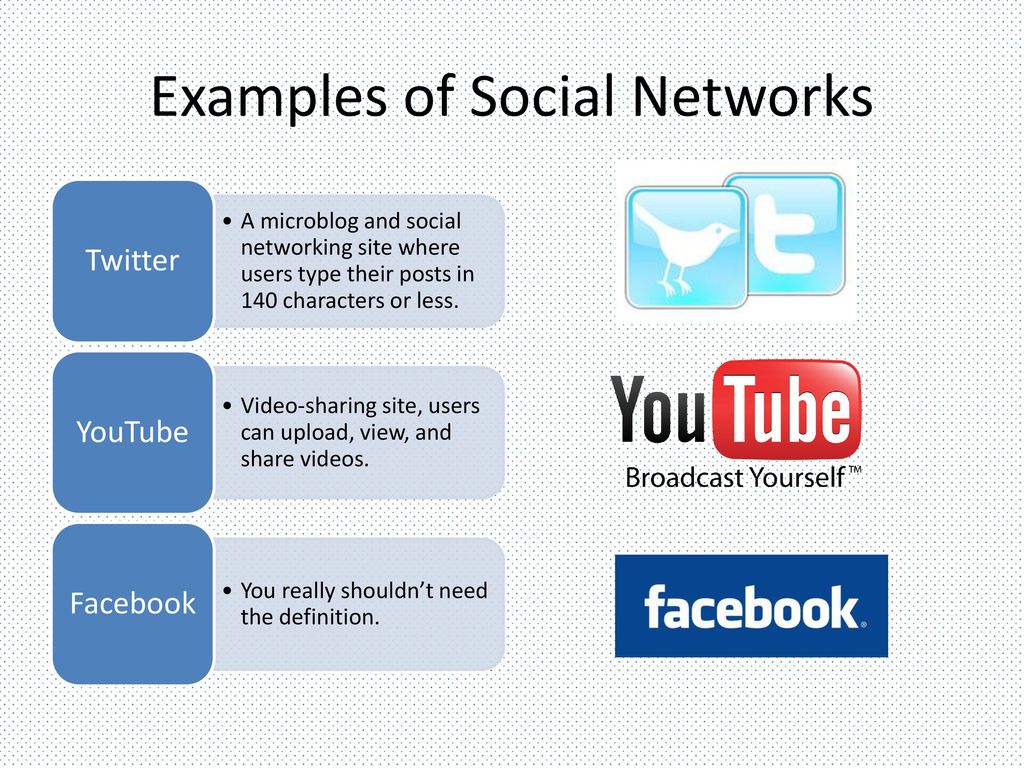 Patients suffering from this disease, more often than healthy ones, live alone, have a lower level of education. Being observed most often in single women with low socioeconomic status, sociophobia is often combined with depression, as well as with other anxiety-phobic disorders (simple phobias, agoraphobia, panic disorder), affective pathology, alcoholism, drug addiction, eating disorders. Combinations of any other mental disorder and social phobia worsen the prognosis of the disease and increase the risk of suicidal attempts. nine0003
Patients suffering from this disease, more often than healthy ones, live alone, have a lower level of education. Being observed most often in single women with low socioeconomic status, sociophobia is often combined with depression, as well as with other anxiety-phobic disorders (simple phobias, agoraphobia, panic disorder), affective pathology, alcoholism, drug addiction, eating disorders. Combinations of any other mental disorder and social phobia worsen the prognosis of the disease and increase the risk of suicidal attempts. nine0003
Social phobia can be either an isolated or a generalized disorder. The first of these include monophobia, accompanied by relative restrictions in the field of professional or social activity (fear of public speaking, communication with superiors, performing work operations in the presence of others, eating in public places). In essence, isolated social phobias are the fear of not performing habitual actions in front of people, associated with anxious expectations of failure (expectation neurosis), and as a result, avoidance of specific life situations. At the same time, there are no difficulties in communication outside of such key situations. Ereytophobia also belongs to this group of phobias - the fear of blushing, showing awkwardness or confusion in society, in the company of people of the opposite sex. Accordingly, shyness, embarrassment appear in people, accompanied by internal stiffness, muscle tension, trembling, palpitations and other unpleasant sensations. nine0003
At the same time, there are no difficulties in communication outside of such key situations. Ereytophobia also belongs to this group of phobias - the fear of blushing, showing awkwardness or confusion in society, in the company of people of the opposite sex. Accordingly, shyness, embarrassment appear in people, accompanied by internal stiffness, muscle tension, trembling, palpitations and other unpleasant sensations. nine0003
The development of severe mental health disorders, the development of inadequate coping strategies, and the occurrence of morbid conditions associated with social phobia can be prevented or reduced with early effective treatment. As a rule, the decision to prescribe a special course of therapy for social phobia is made in cases where the symptoms of the disease or avoidance behavior are associated with significant psychosocial impairment. Treatment is offered to every patient whose avoidance behavior interferes with work or social life, who has severe anxiety concerns, or who has a severely impaired ability to form social bonds. nine0003
nine0003
Many patients suffering from social phobia have never heard of such a disease. They may consider their symptoms to be extreme timidity or special character traits, so they should be reassured that long-term treatment can help them.
There are a number of complementary approaches to convince the patient of the need for treatment:
• explain to the patient that his symptoms should be interpreted as a social phobia; nine0003
• emphasize that social phobia is a well-understood disease and that it responds well to treatment;
• explain that phobic avoidance of painful situations is caused by unmotivated anxiety, and drugs can reduce it;
• explain that the drug treatment is not addictive, will not be habit-forming, and will not cause withdrawal symptoms when stopped.
In addition, the following can significantly help the patient in complying with medical recommendations: a description of the treatment regimen; establishing a realistic time frame for a possible improvement in his condition; a promise to regularly review the treatment regimen in order to optimize it. nine0003
nine0003
Traditionally, social phobia was considered as a condition more suitable for psychotherapeutic correction. However, its selection as an independent diagnostic category contributed to the development of pharmacotherapeutic methods of treatment.
Medicines that have a healing effect in case of social phobia include drugs that neutralize the effect of the monoamine oxidase enzyme in the central nervous system, of which the so-called. reversible monoamine oxidase inhibitors (RIMAOs). Other drugs used in the treatment of social phobia include benzodiazepines, beta-blockers, and selective serotonin reuptake inhibitors (SSRIs). nine0003
Pharmacotherapy should begin with one of the most effective and safest drugs available. For example, representatives of the OIMAO group (pyrazidol, moclobemide, etc.), demonstrating high efficiency (65 - 80%) and the absence of significant side effects even with prolonged (up to 6 months) use. In addition, the use of these drugs leads to a significant decrease in the number and frequency of pathological episodes, as well as the severity of expectation anxiety.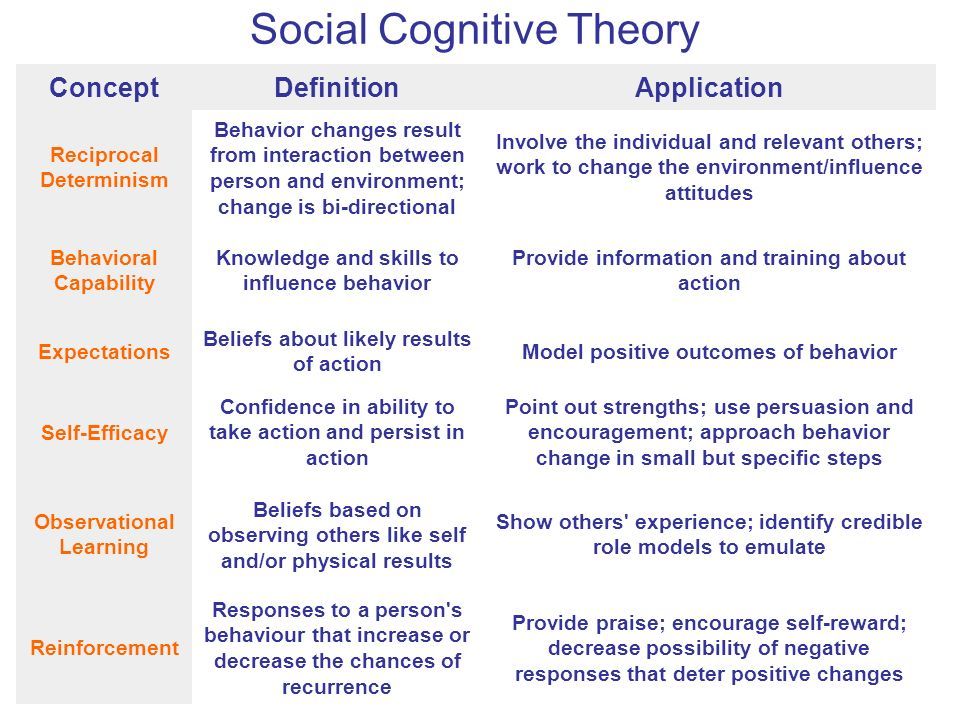
After an initial treatment period (1 to 2 months), physicians evaluate the clinical effectiveness of therapy. If the patient's symptoms persist to a significant extent, the doctor may increase the dose to the maximum effective one or prescribe a drug from a different group. nine0003
Less effective drugs, however, for the treatment of social phobia are benzodiazepines. Among them, clonazepam should be noted, which also has an effect that activates the production of serotonin. Sufficiently high efficiency in social phobia shows alprazolam (Xanax), actively suppressing anxiety and improving the mood of patients. According to some reports, a positive reaction to the treatment of social phobia with benzodiazepines is observed in 70 - 75% of people receiving these drugs. However, their treatment of social phobia has some drawbacks, not the least of which is the danger of developing physical dependence in patients receiving this therapy for a long time. nine0003
A number of other drugs can be used for social phobia. The most promising of these are buspirone (a non-benzodiazepine anxiolytic), as well as fluoxetine (Prozac) and fluvoxamine (selective serotonin reuptake inhibitors).
The most promising of these are buspirone (a non-benzodiazepine anxiolytic), as well as fluoxetine (Prozac) and fluvoxamine (selective serotonin reuptake inhibitors).
There is very little evidence that beta-blockers have any beneficial effect on the underlying disease in social phobia. However, they can be taken intermittently to relieve the tremors, palpitations, and tachycardia that people with social phobia often experience in certain situations that force them to be active. For this reason, many patients with social phobia take drugs such as propranolol and other drugs of this type when necessary. nine0003
In general, it should be noted that one of the main conditions for the treatment of social phobia is an extremely slow pace of increasing doses of drugs.
It should also be borne in mind that, despite the rapid decrease in the severity of anxiety and somatic manifestations of the disease during treatment, as well as the decrease in patients' sensitivity to public situations, the stereotype of avoidance behavior usually persists for many months, which requires mandatory additional psychotherapeutic work.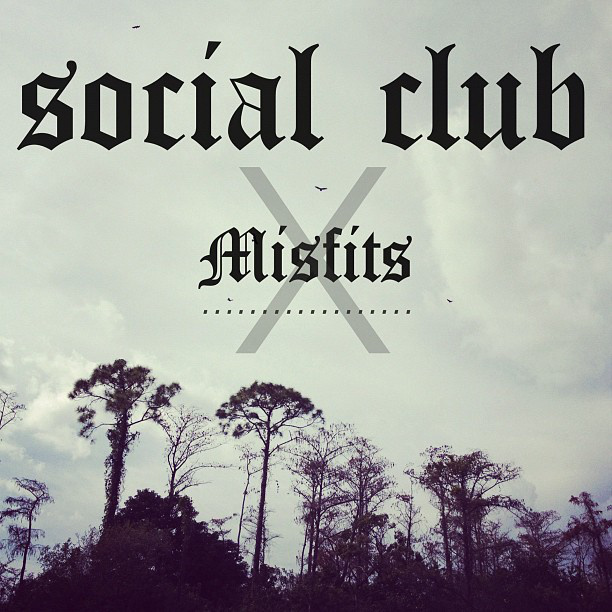 . nine0003
. nine0003
The goal of psychological care is to help patients cope with negative attitudes, such as the belief that failure or failure is inevitable in social situations, attitudes that are thought to underlie social phobia. Since one of the main goals of psychotherapy is to help patients cope with their anxiety, group forms of treatment are especially useful for social phobia.
Social phobia
This fear is typical for those who experience anxiety, worry about how they look in the eyes of others. They may worry that their words will seem stupid, their appearance unattractive, and they themselves are unresponsive. In psychiatry, it is commonly referred to as "social phobia" - a condition expressed mainly in the fear of negative evaluation (criticism, ridicule, condemnation) from other people in relatively small groups (but not in the crowd). The difficulties that sufferers experience in adapting to social situations have a profound effect on their personal and professional lives. Some patients with social phobia turn to alcohol and drugs at first in an attempt to cope with the corresponding social situations, and then, after a few years, may even become secondary alcoholics. nine0003
Some patients with social phobia turn to alcohol and drugs at first in an attempt to cope with the corresponding social situations, and then, after a few years, may even become secondary alcoholics. nine0003
According to annual data, at least 8% of the world's population suffers from this problem. This disorder often begins in late childhood or adolescence, and may continue for years, although its intensity may change over time.
In the early 1960s, after the appearance of the term "social phobia" , the disorder was thought to be relatively rare. However, in recent years, with the improvement of diagnostic criteria and survey methods, it turned out that in one or another period of a person's life social phobia affects at least one in ten people.
The most frequent fear-provoking situations are those in which you have to: get acquainted; communicate with superiors; talking on the phone; receive visitors; to do something in the presence of others; feel like they are being teased; eat at home with guests; eating at home with family members; to write something in the presence of others; speak publicly.
In a situation that inspires a sense of fear, such people often experience bodily manifestations of anxiety such as palpitations, trembling, sweating, muscle tension, "sucking in the stomach", dry mouth, feeling hot, cold and headache. The suffering from social phobia may be convinced that his main problem is one of the secondary manifestations of anxiety. Some of them, however, do not make bodily complaints, but experience great shyness, fears and apprehension. There is often a tendency to avoid fearful situations, which in its extreme form can lead to almost complete social isolation. nine0003 Social phobias often begin in adolescence and are centered around the fear of attention from others in relatively small groups of people, which leads to avoidance of social situations. Unlike most other phobias, social phobias are equally common in men and women. They can be isolated (for example, limited only to fear of eating in public, speaking in public, or meeting the opposite sex) or diffuse, including almost all social situations outside the family circle. Social phobias are usually combined with low self-esteem and fear of criticism. They may present with complaints of facial flushing, hand tremors, nausea, or an urgency to urinate; symptoms can progress up to panic attacks. The treatment of these conditions can be so-called symptom-centered, when excessive anxiety and fear are eliminated with the help of drug therapy. Of the drugs, tranquilizers are most often used situationally, and antidepressants are recommended as basic therapy. However, social phobia in most cases is psychological in nature, so psychotherapy is of the greatest importance in the treatment of social phobia. People who suffer from social phobia most often are recommended a course of cognitive behavioral therapy . Understanding the fallacy of the existing self-explanations and beliefs associated with the perception of one's state and the bodily sensations that accompany it, the subsequent systematic opposition to these beliefs allows one to get rid of the usual anxieties and fears. It is important to learn to adequately designate experienced emotions , states and sensations, to understand the mechanism of their formation. This helps to quickly return a sense of control and predictability of one's own behavior. The task of the psychotherapist is to create conditions for patients in which they could cope with their state in traumatic situations and correct their dysfunctional thinking styles and formed irrational attitudes, such as the belief in the inevitability of failure or failure in social situations - attitudes that are believed to , and underlie social phobia. nine0003 Since one of the main goals of cognitive psychotherapy for social phobia is to help patients cope with their anxiety 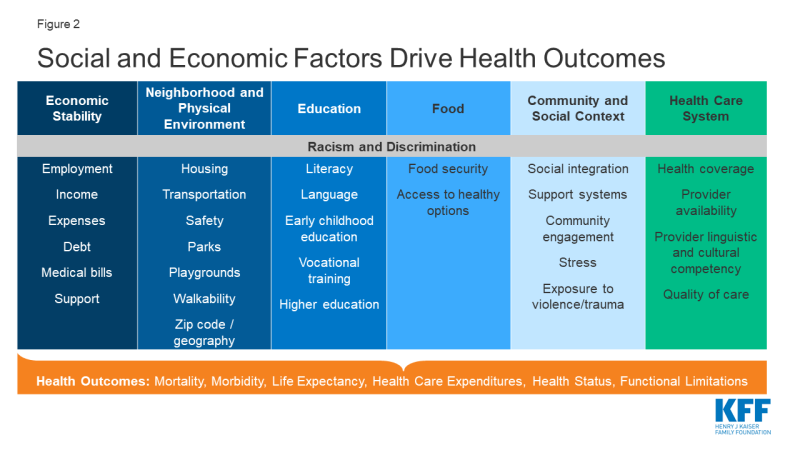 The fear of vomiting or the manifestation of other gastrointestinal problems in the community may be important. nine0003
The fear of vomiting or the manifestation of other gastrointestinal problems in the community may be important. nine0003  nine0003
nine0003 